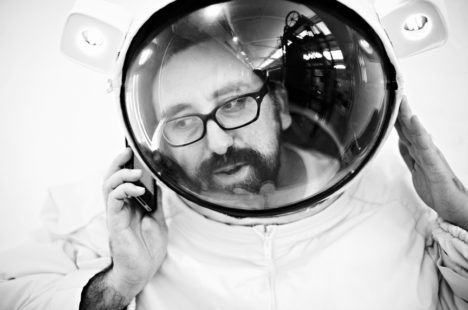How PRs can be more creative
In this guest post, Russ Tucker, creative director at Eleven, Fleishman Hillard & TBWA Sydney, shares his five tips to making your agency more creative, and profitable.
I’ve had the pleasure of working in creative roles across several different ad agencies, digital businesses and PR specialists – all operating different creative structures and models.
All good creative businesses care about the idea and often there is a debate around who owns the idea. Does it come from the creative department, the PR specialists the planners…the client?
The answer is simple – ideas come from anywhere, it’s how you work with them that counts. If advertising is about telling a brand’s story, PR is about getting a brand’s story into culture.
As a creative who works with PR agencies, here are my tips for what PR agencies can do right now to be more creative:

